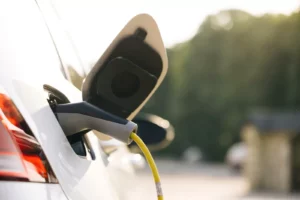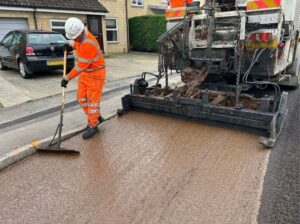Highways schemes worth £47 million have been given the go ahead by Hertfordshire County Council.
Between April 2022 and March 2023 over £47 million will be spent delivering nearly 1,500 maintenance and improvement schemes across Hertfordshire’s 3,000 miles of roads and pavements.
Planned works include repairs and maintenance to pavements, roads, bridges and traffic signals, as well as improvements such as tackling safety problems, reducing traffic congestion, and making walking and cycling more practical and attractive options.
This year’s highways funding includes £4m which the county council is spending on improving the condition of local roads people live and work on, as the latest part of a five-year programme targeted on those smaller, local roads.
Phil Bibby, Cabinet Member for Highways and Transport, said: “We want Hertfordshire to have the infrastructure that our communities need, and it is essential that we maintain and improve our pavements, cycleways and roads. Our work programme supports our growing county, and invests in new active travel schemes to make it easier for people to choose to walk or cycle to their destinations.
“We know that the condition of the county’s pavements, cycleways and roads really matters to our residents, and it matters to us too. While we can’t do everything, this work programme, along with the regular repairs we do, will make a real difference across the county.”
The Integrated Works Programme covers a full range of highway maintenance and improvement schemes that the council undertakes each year. These schemes are in addition to the minor repairs and routine maintenance, such as fixing potholes and cutting grass verges, which are carried out throughout the year.
The works are prioritised in a number of ways. For maintenance works on carriageways we include a combination of roads – both those that need repairs because they are in a poor state now and those that need preventative maintenance work to avoid problems in the near future – while improvement schemes take into account factors like reducing accidents, tackling congestion and making it easier for people to walk, cycle or use public transport instead of their car.
The works programme is ‘integrated’ because, once we have established priorities, we look to see how those schemes can best be delivered together to increase efficiency and reduce disruption on the roads.






















